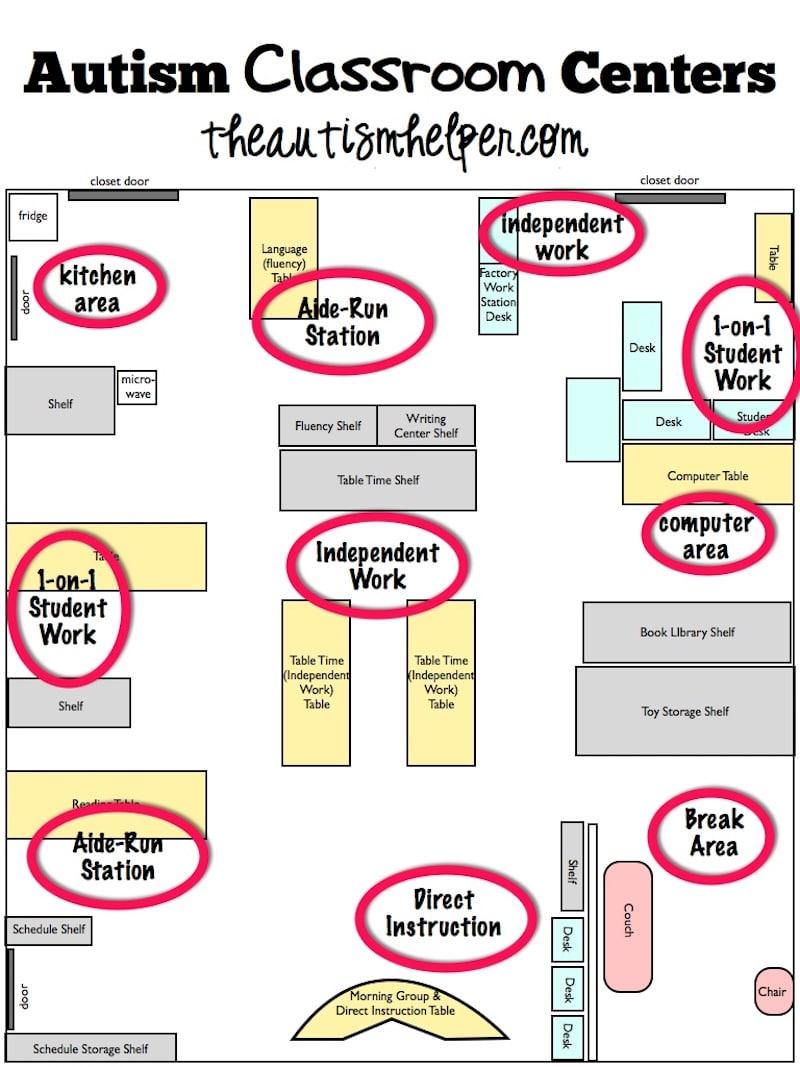Advanced Behavior Modification for Dogs With Separation Anxiety

Separation anxiety in dogs is a common yet challenging issue that can significantly affect the well-being of both pets and their owners. As our understanding of canine behavior evolves, so too do the strategies available to address this condition. This article delves into advanced behavior modification techniques specifically designed to help dogs cope with separation anxiety. By exploring evidence-based methods and innovative approaches, we aim to equip pet owners and trainers with the tools necessary to foster a calmer, more secure environment for their canine companions. Whether you’re a seasoned dog trainer or a dedicated pet owner seeking solutions, this guide offers valuable insights into effectively managing and alleviating the distress caused by separation anxiety.
Understanding the Root Causes of Separation Anxiety in Dogs
Understanding the underlying factors contributing to a dog’s separation anxiety is crucial in addressing and modifying this behavior effectively. Often, separation anxiety is rooted in a combination of genetic predispositions and environmental influences. Some dogs may have a natural inclination towards anxiety due to their breed or genetic lineage, while others may develop it from traumatic experiences or significant changes in their environment, such as moving to a new home or the loss of a family member.
Environmental factors that can contribute to this anxiety include:
- Inconsistent routines: Dogs thrive on routine, and any disruption can lead to stress and anxiety.
- Past trauma: Rescue dogs or those with a history of neglect may be more prone to anxiety.
- Over-attachment: Dogs that have been overly dependent on their owners for companionship may struggle when left alone.
- Lack of socialization: Dogs not properly socialized may find it difficult to cope with solitude.
By identifying these root causes, pet owners can better tailor their approach to behavior modification, ensuring a more harmonious and balanced relationship with their furry companions.
Implementing Positive Reinforcement Techniques for Anxiety Reduction
One of the most effective ways to address separation anxiety in dogs is through the strategic use of positive reinforcement. This approach focuses on rewarding desired behaviors, thereby encouraging their recurrence and gradually reducing anxiety-related behaviors. When your dog remains calm as you prepare to leave, immediately reward them with a treat or praise. This helps them associate your departure with positive outcomes, rather than fear or stress. Consistency is key; ensure that rewards are given promptly and consistently to reinforce the connection between calm behavior and positive results.
- Identify Triggers: Observe your dog’s behavior to pinpoint what specific actions or situations cause anxiety.
- Use High-Value Rewards: Choose treats or toys that your dog finds particularly motivating.
- Gradual Desensitization: Start with short absences and gradually increase the duration as your dog becomes more comfortable.
- Stay Calm: Your demeanor can influence your dog’s emotions. Maintain a calm and neutral tone during training sessions.
By implementing these techniques, you create a supportive environment that promotes emotional well-being and reduces anxiety over time. It’s important to be patient and allow your dog to progress at their own pace, ensuring that each step forward is reinforced positively.

Creating a Structured Environment to Ease Anxiety Symptoms
Establishing a structured environment is crucial for dogs struggling with separation anxiety. By creating a predictable routine, you can help your dog feel more secure and less anxious. Start by setting consistent times for feeding, walks, and play. This regularity can provide a sense of normalcy and predictability that can be soothing for an anxious pet.
- Designate Safe Spaces: Identify a specific area in your home where your dog can retreat to when feeling anxious. This could be a cozy corner with their bed and favorite toys.
- Utilize Calming Aids: Consider using tools such as pheromone diffusers or anxiety wraps, which can offer additional comfort.
- Implement Gradual Departures: Practice leaving for short periods and gradually increase the time away, helping your dog adjust without distress.
- Consistent Commands: Use the same commands and signals every time you leave or return home, reinforcing a sense of routine.
Consistency is key. By maintaining a structured environment, you not only help reduce anxiety symptoms but also foster a stronger bond with your dog. Remember, patience and persistence are essential in achieving long-term success.

Incorporating Technology and Tools for Effective Anxiety Management
Embracing the latest advancements in technology can significantly enhance the process of managing separation anxiety in dogs. Interactive pet cameras have become a popular tool among pet owners. These devices not only allow you to monitor your dog while you’re away but also enable two-way communication. By speaking to your pet through the camera, you can offer reassurance and comfort, potentially easing their anxiety. Additionally, some cameras come equipped with treat dispensers, which can be used to reward calm behavior.
Another effective technological aid is the use of smart collars. These collars can track your dog’s behavior patterns, providing valuable insights into their anxiety triggers. Some models offer features like vibration alerts or calming sounds that can be activated remotely, helping to soothe your pet during stressful moments. Furthermore, anxiety management apps are available to guide you through training exercises and track your dog’s progress over time. These digital tools can be invaluable in creating a structured and consistent approach to behavior modification.



